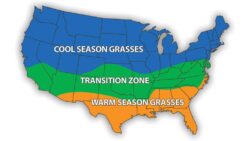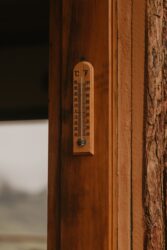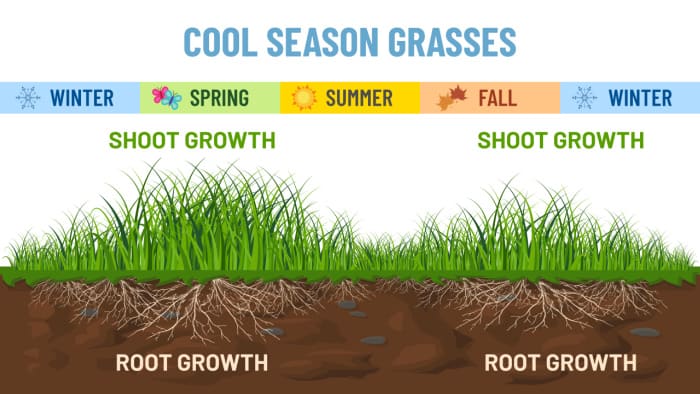Cool-season grasses are types of turfgrass that primarily grow in regions experiencing colder weather conditions.
These grasses are particularly well-suited to areas with cold winters and moderate summers.
Understanding the characteristics of cool-season grasses is essential for optimal lawn care, especially if you reside in colder climates.
Cool season grasses are grass varieties that thrive in temperatures between 60 and 75°F (16-24°C).
Their growth peaks during the spring and fall, when temperatures are moderate.
These grasses tend to go dormant or grow slowly during extremely hot or cold conditions.
Examples of Cool-Season Grasses
- Kentucky Bluegrass
- Fescue (Fine Fescue, Tall Fescue)
- Perennial Ryegrass
- Bentgrass
- Timothy Grass
Zones for Cool-Season Grasses
Cool-season grasses are most commonly found in USDA zones 2 to 6, which are characterized by cold winters and moderate summers.
These zones cover much of the northern United States, Canada, and parts of Europe.

Source of the map, and great additional info
Cool-Season vs Warm-Season vs Transitional Grasses
- Cool-Season Grasses: Thrive in colder climates and have two growth peaks: spring and fall.
- Warm-Season Grasses: Best suited for hot climates and grow most vigorously during the summer.
- Transitional Grasses: These are often blends or specific varieties that can tolerate a wider range of temperatures and are suitable for areas that have characteristics of both cool and warm climates.
Identifier Tips for Common Cool-Season Grasses
- Kentucky Bluegrass: Look for boat-shaped tips and a rich blue-green color.
- Fescue: Notable for its fine to medium blades and a dark green hue.
- Perennial Ryegrass: Characterized by shiny, narrow leaves and rapid germination.
- Bentgrass: Recognizable by its fine, carpet-like appearance, often used on golf courses.
- Timothy Grass: Identifiable by its cylindrical, spiky flower heads and flat, elongated blades.
Identifying Common Cool Season Grasses:
Cool season grasses are often over-seeded on existing lawns to maintain green colour year-round.
These grasses are also more likely to require fertilization during their peak growing seasons in the spring and fall.
In Summary
- Cool-season grasses thrive in temperatures between 60 and 75°F (16-24°C) and are best suited for USDA zones 2 to 6.
- Examples include Kentucky Bluegrass, various types of Fescue, and Perennial Ryegrass.
- These grasses are distinct from warm-season and transitional grasses, each of which has different growing conditions and characteristics.
- Identification can be made easier by observing blade shape, color, and other physical characteristics.
- Overseeding and fertilization are common practices for maintaining cool-season lawns.



